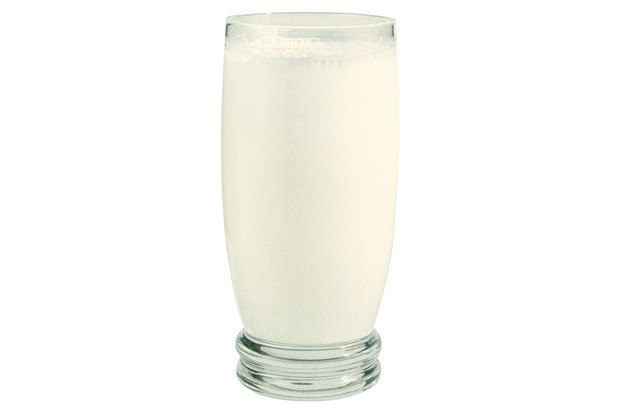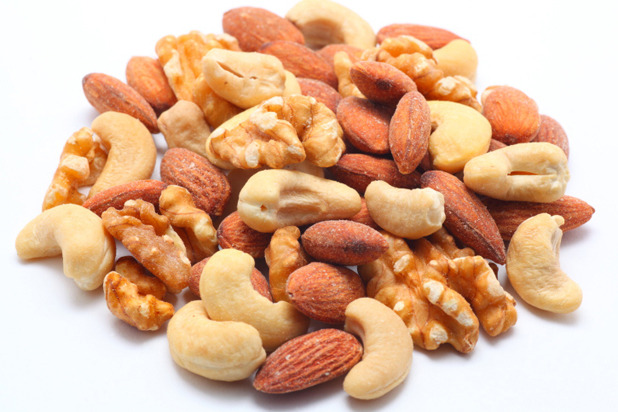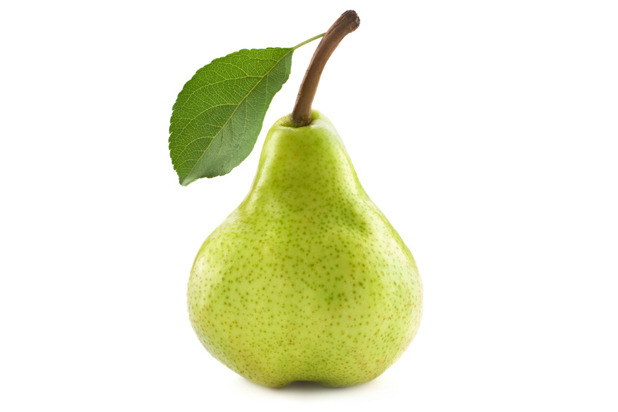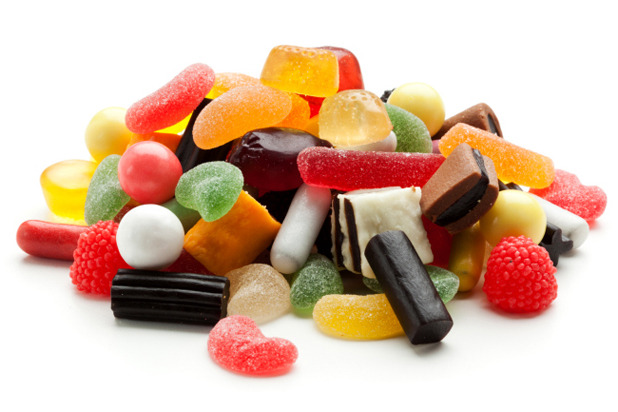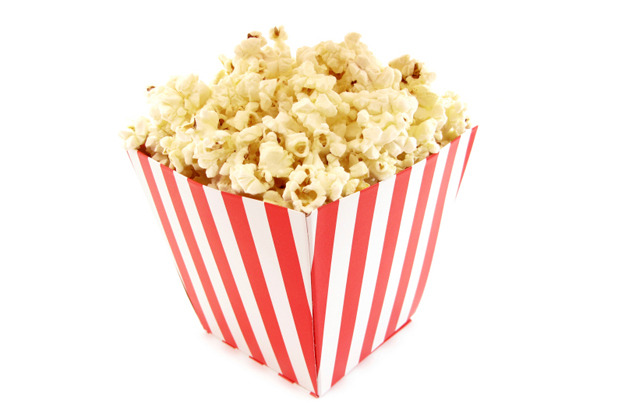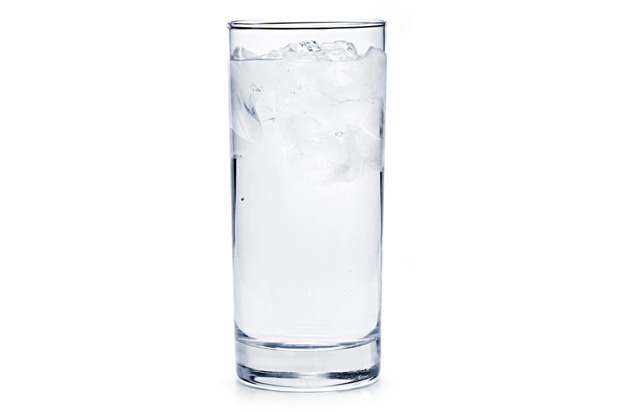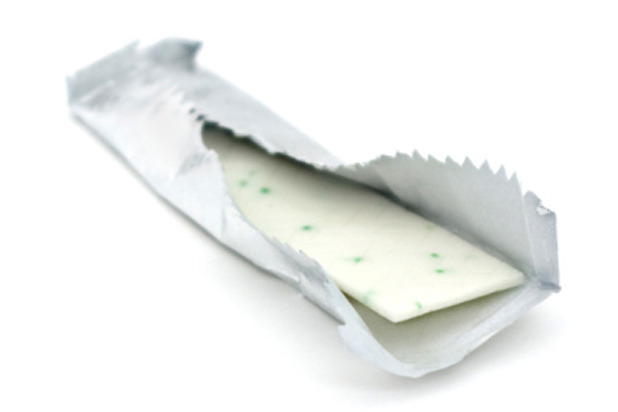Best And Worst Foods For Your Teeth And Gums Slideshow
The top choices, says WebMD, include cheeses, chicken, or other meats and milk because there's evidence that they protect tooth enamel with calcium and phosphorus.
These are needed to remineralize teeth, which means minerals are redeposited in tooth enamel after being removed by acids. Foods with vitamins A, C, and D, as well as calcium and phosphorus, are particularly good. These include beef, eggs, fish, potatoes, spinach, fortified cereals, tofu, leafy green vegetables, beans, whole grains, and poultry.
Best: Nuts
Nuts offers vitamins and minerals that help your teeth, says San Antonio cosmetic dentist Dr. John Moore, including peanuts (calcium and vitamin D), almonds (high levels of calcium that helps both teeth and gums), cashews (stimulates saliva and helps clean teeth), and walnuts (fiber, folic acid, iron, thiamine, magnesium, iron, niacin, vitamin E, vitamin B6, potassium, and zinc).
Best: Fruits
Other good choices include firm/crunchy fruits, such as apples and pears, and vegetables. The high water content of these foods dilutes the effects of the sugars they contain, and stimulates the flow of saliva, which washes away food particles and buffering acid.
High-fiber fruits and vegetables are even better, according Dr. Moore. Eat acidic foods — such as citrus fruits, tomatoes, and lemons, all of which are super-healthy in other ways — as part of a larger meal to minimize the acid.
Worst: Chews and Dried Fruits
The worst choices for your teeth include candy, cookies, cakes, pies, breads, muffins, potato chips, pretzels, and french fries. That's due to the large amounts of sugar and/or the fact that some of these foods can stick to your teeth, which provides a fuel source for bacteria.
The worst sugary offenders are ones that last a long time — think Willy Wonka's Everlasting Gobstoppers. Because it's not just the sugar that can harm your teeth; it's also the amount of time your teeth are exposed to that sugar.
Dried fruits — including raisins, prunes, and apricots — are similar to caramels. Their sugars are highly concentrated, and their texture can stick to teeth. In addition, they are packed with non-soluble cellulose fiber, which can bind and trap sugars on and around the tooth, according to Dr. Moore.
Worst: Starchy Foods
Starchy foods — including white bread, potato chips, and french fries — can lodge themselves between teeth and in crevices. Starches can begin converting to sugar almost immediately by the bacteria and the predigestive process that begins in the mouth through the enzymes in saliva.
Ice (if you chew it) and popcorn are also bad offenders. Even if chomping on ice doesn't cause a major break, it can lead to tiny cracks that can develop serious problems later on. Popcorn husks can become wedged between teeth, and uncooked kernels can also damage teeth, says Dr. Moore.
Beverages
Water (particularly fluoridated water) is the best choice, as it's a primary component of saliva. In addition, it works as a final rinsing agent for food and sugary drinks, says Dr. Moore. Other good choices include milk and unsweetened tea. Green and black tea contain polyphenols that kill or suppress bacteria, preventing them from growing or producing tooth-attacking acid. The polyphenols in coffee also have cavity-fighting properties.
Limit high-acid drinks — such as orange, lemon, and grapefruit — and sugary drinks, including soft drinks, lemonade, and coffee or tea with added sugar. The sugar in soft drinks are unhealthy for teeth, and even diet drinks containing artificially sweeteners will erode teeth.
Avoid daylong sipping of sugary drinks, which exposes your pearly whites to constant sugar and decay-causing acids. In addition, using a straw will lessen the damage of sweet and acidic drinks. Aim the straw toward the back of your mouth. And don't swish — it can intensify the effect of sugars and acids.
Sugar Substitutes and Sugar-Free Products
Sugar substitutes — including saccharin, aspartame (Equal), acesulfame potassium (Sunett), and sucralose (Splenda) — are not digested the way sugar is, which means they don't "feed" the bacteria in the mouth, producing decay-causing acids.
Sometimes "sugarless or sugar-free" mean that no sugar was added during processing. This does not mean that the foods do not contain other natural sweeteners, such as honey, molasses, evaporated cane sugar, fructose, barley malt, or rice syrup. These natural sweeteners, which have the same number of calories as sugar, can be just as harmful to teeth.
Here's a good rule of thumb when determining if sugarless or sugar-free foods contain natural sweeteners: Check out the ingredients. If there are any that end in "-ose" (like sucrose and fructose), that usually indicates natural sweeteners.
Sugarless Gum
If you chew gum, choose sugarless gum, which benefits your teeth. Chewing helps dislodge food stuck to your teeth and increases saliva flow to buffer (neutralize) mouth acids. Skip the gum if you have jaw pain.
